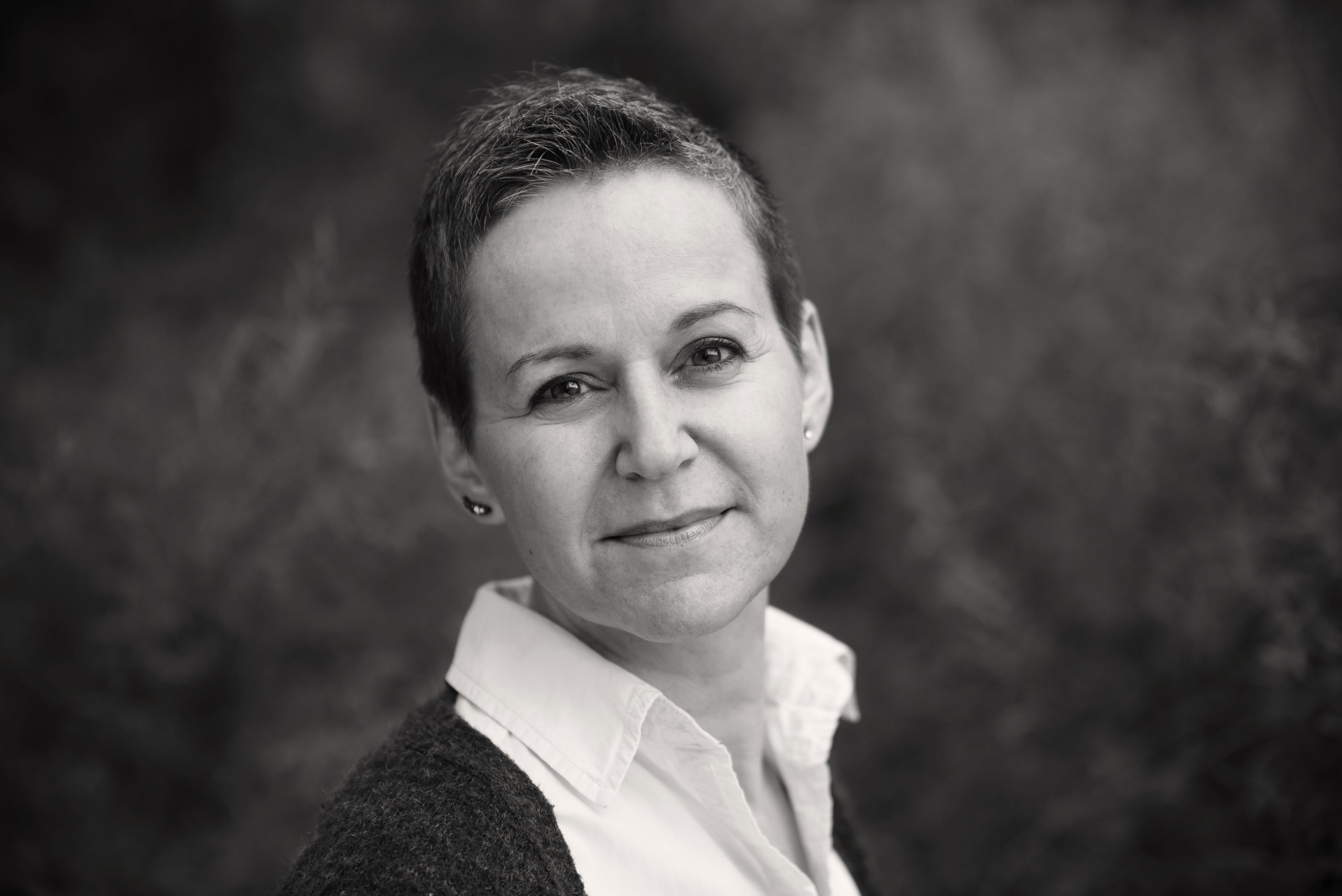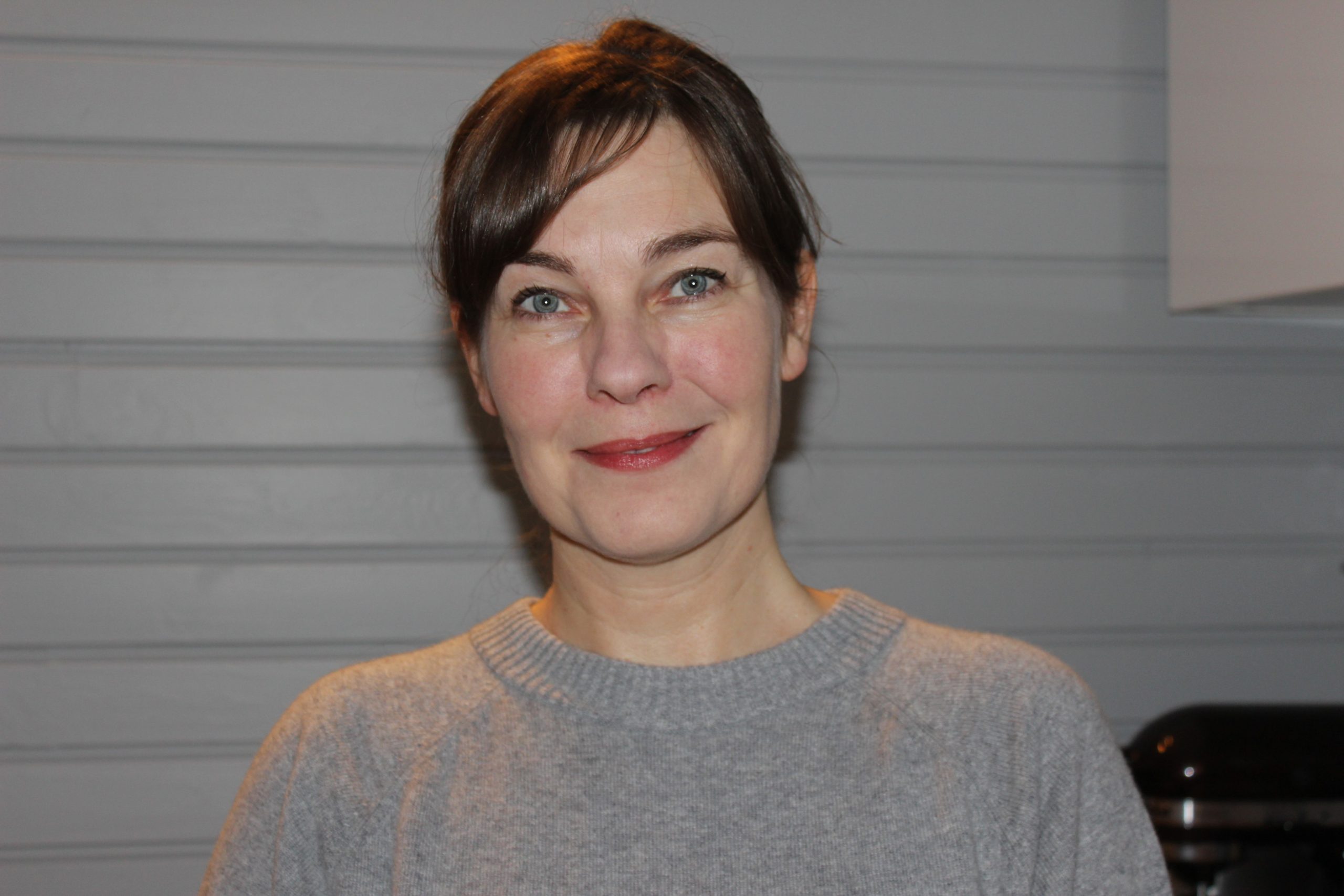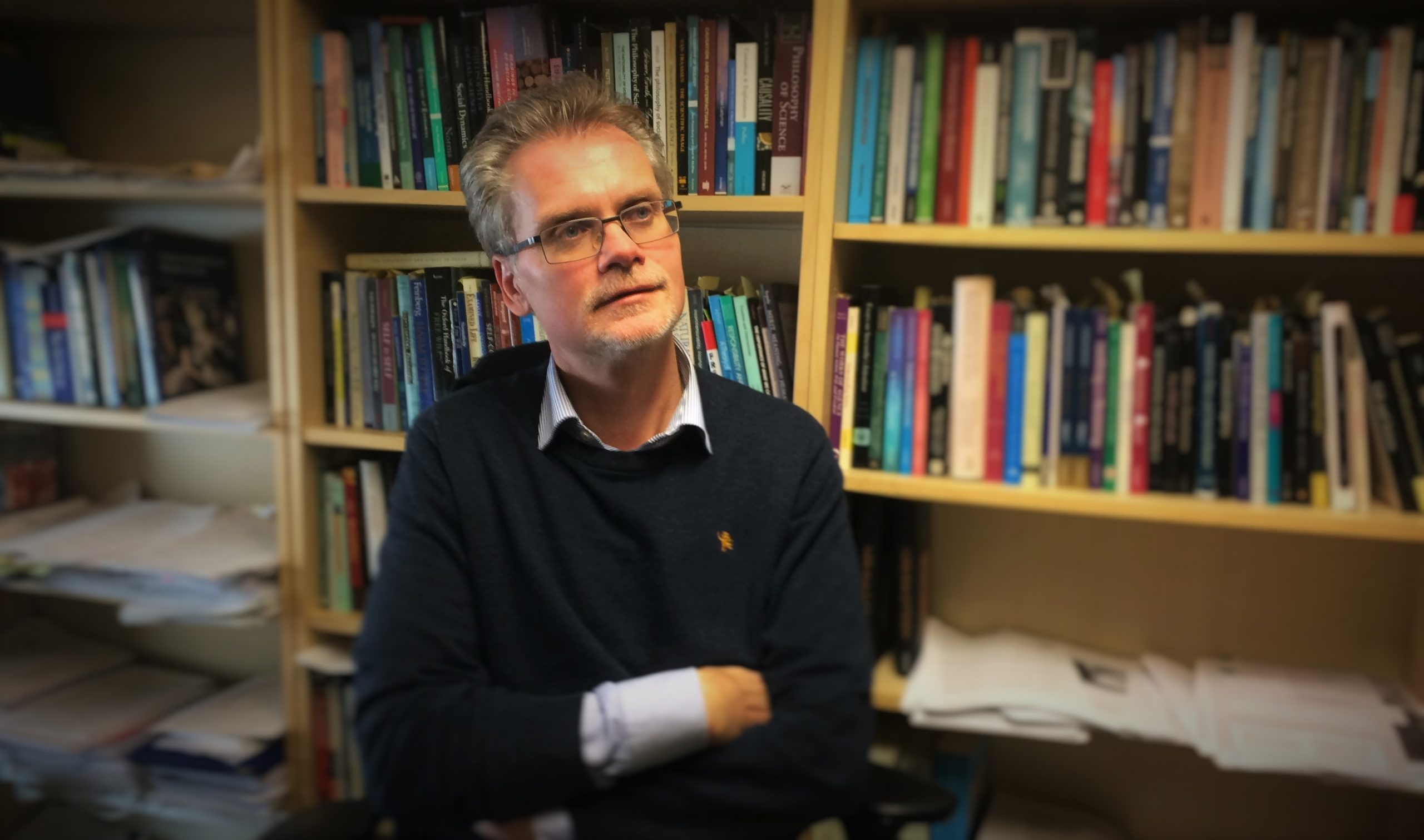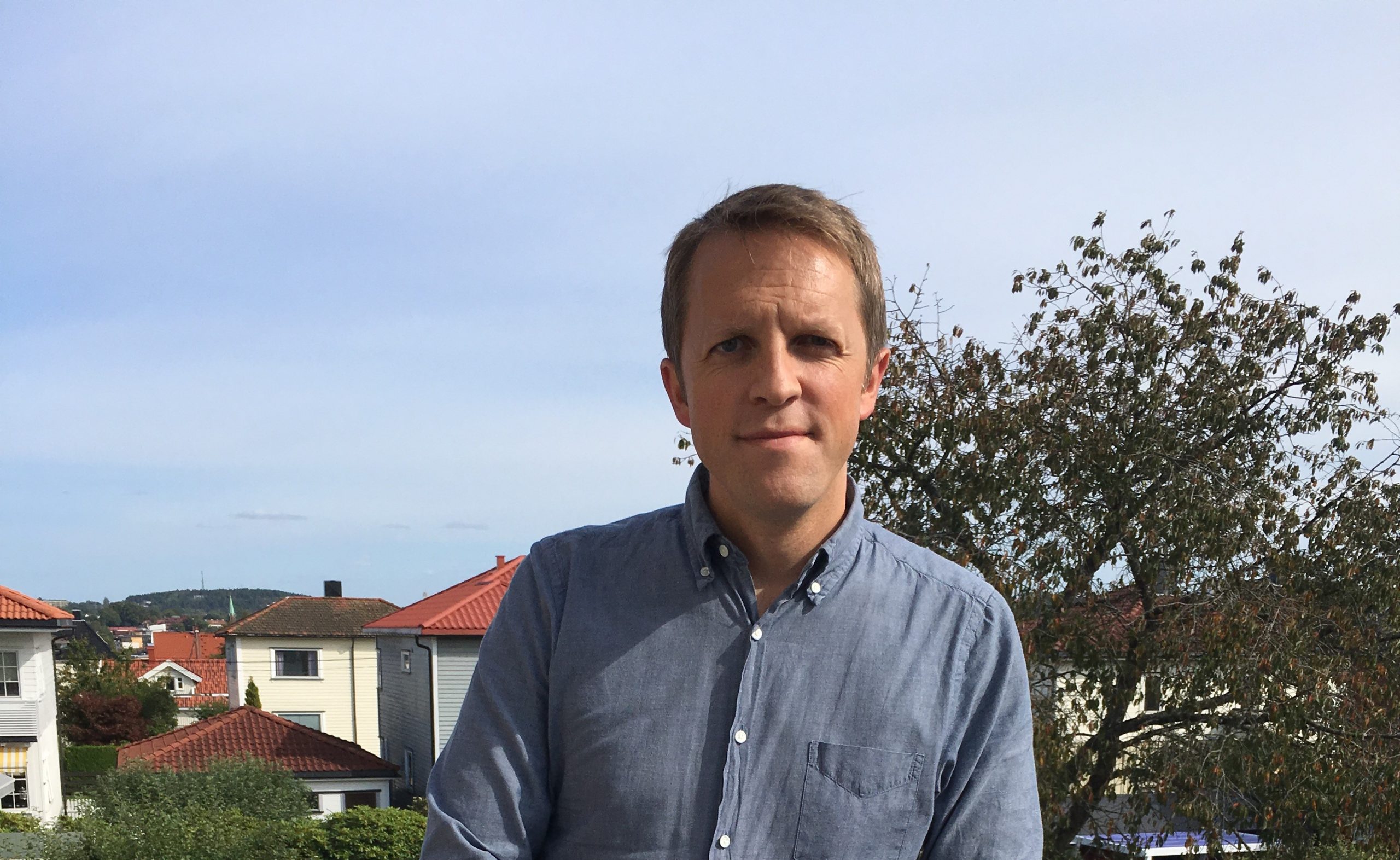Health inequality is pervasive
Health inequalities exist both across countries and within national borders. This is not so only in low- and middle-income countries, where healthcare systems are not well developed, and a large part of the population lives in poverty. Health inequalities persist in high-income countries with universal healthcare systems as well, such as Norway. In Oslo, for example, from 2000 to 2014, the expected life expectancy varied by almost nine years between the Vestre Aker and Sagene (Norwegian Institute of Public Health).
Inequality in health can take the form of all kinds of differences in health status, such as variations in life expectancy, self-reported health, and the distribution of diseases and disability.
Tackling health inequalities is an important political goal; however, few have discussed the overall implications this has for the professional ethics of central agents.
Are health inequalities unjust?
In standard usage, “inequality” is a merely descriptive term whereas “inequity” is normative. While any situation where there is a difference in health status can be described as a situation of health inequality, only a situation where there this difference is unfair or unjust is a situation of health inequity.
Since not all kinds of differences in health status are necessarily problematic, when is a health inequality also a health inequity?
There is no single response to this question: different definitions and theoretical approaches to health equity provide different answers. Whitehead (1991: 219), for example, has defined inequity as “differences which are unnecessary and avoidable, but in addition, are also considered unfair and unjust”. In this definition, it remains unclear what “unfair or unjust” means. Braveman (2006: 181) defines unfair health inequalities as “differences in health (or in important influences on health) that are systematically associated with being socially disadvantaged (e.g., being poor, a member of a disadvantaged racial/ethnic group, or female), putting those in disadvantaged groups at further disadvantage.”
Others are concerned with the unfairness of inequalities that systematically vary across levels of socioeconomic status, i.e., the so-called social gradient. In important work done for the World Health Organization (WHO), the British epidemiologist Marmot states that “[i]f systematic differences in health for different groups of people are avoidable by reasonable action, their existence is, quite simply, unfair” (Marmot et al. 2008: 1661). Health inequalities associated with controllable social health determinants that in principle can be avoided such as access to a safe environment, clean water, education, employment, income, are considered unfair.
Health inequalities among individuals that cannot be explained in terms of social disadvantage might also be unfair. Researchers call for more exploration and debate of whether such differences should be accounted for on ethical premises and claimed to be inequitable (Asada et al. 2015).
The relative significance of health
Regardless of how health inequity is conceptualized, the underlying claims of injustice or unfairness imply a call for eradicating or reducing these observed inequalities. When we take a broad perspective on justice, we must compare the resources put into reducing health inequality with those given to other distributional challenges. This means that well-justified policies for addressing health inequity must be able to explain the relative moral significance of ensuring health equity and ensuring equity of other societal goods.
Is health so important that concerns for health equity trump other equity concerns? A consequence of a view that puts health equity first could be that we must give up on the supposedly fair principle of relating income to efforts since income is among the determinants of health status.
The philosophical debate does not provide many—if any—clear-cut, practical answers to how we should prioritize reducing health inequity in the broader context of social justice in general. Arguably, this is the task of elected politicians making real-world resource allocations in complex contexts. Having said that, implementing governing strategies to put—and keep—the challenge of health inequity on the political agenda is probably central to fighting this inequity. The application of legal regulations can be helpful in this regard.
Health inequalities and the law
In Norway, health inequalities are addressed in the law. The aim of the Public Health Act is to contribute to societal development by promoting public health, which explicitly includes reducing social health inequalities. That is, we have a legally regulated aim of reducing one particular kind of health inequality—social health inequality.
Again, there is no consensual answer to how this should be done. Theoretical responses to the question “Why is social inequality in health unfair?” do in fact justify a variety of interpreted political aims and strategies (Wester 2018).
Another legal regulation related to health inequalities is the Patients’ and Users’ Rights Act. The act’s objective is to ensure “equal access to healthcare services of good quality” to all members of the state. Inequality in access to care can result in inequalities in health. It is tempting to assume that, in countries with so-called universal access to healthcare, the healthcare system itself does not have any impact on health inequality. However, this should not be taken for granted. Research suggests for example that people who are at a socioeconomic advantage have more access to specialist care (Vikum, Krokstad, and Westin 2012), and in 2016 quite a high percentage of survey respondents (8%) reported an inability, or great difficulties, to pay the out-of-pocket share of healthcare (Skudal et al. 2016).
A sensible way to operationalize “equal access” is to identify the barriers that limit people’s access. Levesque and colleagues offer a helpful conceptualization of “access” in terms of “… opportunity to identify healthcare needs, to seek healthcare services, to reach, to obtain or use healthcare services, and to actually have a need for services fulfilled” (Levesque, Harris, and Russell 2013). Barriers can occur along all these dimensions of access.
All barriers to access are not necessarily inequitable. Politicians need to clarify what barriers they consider unfair and tackle these through interventions (Bærøe et al. 2018). To prevent social inequalities in health, it is clear, however, that access to healthcare systems must not necessitate what is lacked by those who are worse off socioeconomically (Bærøe & Bringedal 2011). To tackle social health inequalities, politicians must then be professionally responsible for ensuring evidence of unacceptable barriers to access and for basing decisions about the healthcare system and its services on such information.
Within this context of legal regulations and differing views on the equity of health inequalities and access, interesting issues arise about the professional ethics and integrity of central agents.
Health inequity and professional ethics: politicians and health bureaucrats
Politicians and health bureaucrats monitor the development of social inequality, and they design and implement public health strategies. This process can be pursued with more or less theoretical nuance. On one extreme, the whole process is theory-driven, coherent and systematic both in data collection and policy design. On the other, the process is largely ad hoc. While both approaches may lead to reduced health inequalities, the latter threatens the overall fairness of public health interventions in several ways.
An ad hoc approach opens up for mismatches between judgments about inequity and the data that is made available. Also, approaching inequalities in an unsystematic manner can support biases in the reduction of inequalities: if not carefully monitored, inequalities experienced by those who are least able to voice their claims (e.g., practical difficulties in accessing the healthcare system) may not get sufficient attention to make it to the political agenda. Another problem is that, if there is no clearly stated and systematically applied socio-political justification for health equity judgments and interventions, there is no democratic control of these policies and resource allocations either.
If these arguments are sound, this has implications for the professional ethics of politicians and health bureaucrats. Reasonable professional ethics seems to require decision-makers to familiarise themselves with health equity theories and to make sure they transparently justify both organized data collection and public health policies accordingly.
Health inequity and professional ethics: researchers
Policy interventions to reduce health inequalities will likely not be effective if they are not based on adequate evidence. Adequate evidence depends on coordinated, multi-disciplinary approaches of conceptualization, measurements, and reports. But measuring health inequality is not a neutral enterprise in itself (Harper et al. 2010).
Measurements can be chosen from among different approaches that sometimes provide apparently conflicting conclusions about inequality (Harper et al. 2010). Measuring methods also differ with respect to how sensitive they are towards particular ethical concerns, like for instance concerns about the worse off within a population. Choosing one measuring strategy at the expense of others indicates the normative judgment that this is the best way to capture the potential health inequality in question.
As Harper and colleagues state, researchers should strive for transparency concerning the implicit normative judgments of presented measures and implementation of multiple strategies to expose the various dimensions of inequality. This is necessary to do away with unfair policies that are based on limited and biased presentations of health status variations. We can also add that exposing the normative character of seemingly neutral measurements that feed into political decision-making ought to be a professional ethical duty of researchers within this field.
Health inequity and professional ethics: healthcare personnel
Healthcare personnel can play a crucial role in preventing the healthcare system from exacerbating social health inequalities. Overall, we can see them as having a duty to report any observed inequity and to work against any barriers to inequitable access within their control.
One such barrier would be healthcare personnel who discriminate between patients of different socioeconomic status. The duty to not give anyone unjustified priority based on status is listed among the ethical rules for physicians (Parsa-Parsi 2017).
Other barriers to adequate treatment would be lack of recognition of ‘the important structural and social factors shaping the health experiences of patients’ (Furler & Palmer 2010) and healthcare personnel who disregard the potential impact of socioeconomic factors for the success of clinical treatment. Socioeconomic aspects of people lives can adversely impact their ability to benefit from prescribed interventions or recommendations (Bærøe & Bringedal 2011; Puschel et al. 2017). For example, inability to pay for medication can leave infections untreated, and lack of education may prevent a sufficient understanding of doctors’ explanations and health recommendations.
It has been proposed that national and international professional ethical guidelines should mention the positive duty of taking socioeconomic factors into account to improve the effect of clinical work as well (Bærøe & Bringedal 25.05.2010; Bringedal et al. 2011).
Overall, healthcare personnel should be educated in the normative underpinnings of health inequalities. Furthermore, the ethical curriculum should include learning about barriers to access healthcare that are within the power of healthcare personnel to reduce, and training in recognizing when inequitable access occurs.
A way forward
Approaches to equity judgments about unfair inequalities in health should be related to data collection and data presentation, which make up the basis for political interventions to reduce inequalities in health. Coordinating and fostering the professional ethics of politicians, health bureaucrats, researchers and healthcare personnel in this matter may effectively help tackle social health inequalities.
References
Asada, Y., Hurley, J., Norheim, O. F., & Johri, M. 2015. “Unexplained health inequality – is it unfair?”. International Journal for Equity in Health. 14 (1). 11.
Bærøe, K., & Bringedal, B. 2010. “Legene bør ta sosiale hensyn”. Bergens Tidene. 25.05.2010.
––––––. 2011. “Just health: on the conditions for acceptable and unacceptable priority settings with respect to patients’ socioeconomic status”. Journal of medical ethics. 37 (9). 526–29.
Bærøe, K., Kaur, J., & Radhakrishnan, K. Forthcoming 2018. “Lik tilgang og likeverdige tjenester: hvordan styrke realiseringen av disse rettslige formålene?” In Prioritering, styring og likebehandling: Utfordringer i norsk helsetjeneste. Edited by H. S.Aasen, B. Bringedal, K. Bærøe, & A.M. Magnussen. Cappelen Damm Akademiske.
Braveman, P. 2006. “Health Disparities and Health Equity: Concepts and Measurement”. Annual Review of Public Health. 27. 167–194.
Bringedal, B., Bærøe, K., & Feiring, E. 2011. “Social Disparities in Health and the Physician’s Role: A Call for Clarifying the Professional Ethical Code.” World Medical Journal. 57.
Furler J. S. & Palmer V. J. 2010. “The ethics of everyday practice in primary medical care: responding to social health inequities”. Philosophy, Ethics, and Humanities in Medicine. 5 (5). 6.
Harper, S. A. M., King, N. B., Meersman, S. C., Reichman, M. E., Breen, N., & Lynch, J. 2010. “Implicit Value Judgments in the Measurement of Health Inequalities.” Milbank Quarterly. 88 (1). 4–29.
Hay, S. I. et al. 2016. “Global, regional, and national disability-adjusted life-years (DALYs) for 333 diseases and injuries and healthy life expectancy (HALE) for 195 countries and territories, 1990-2016: a systematic analysis for the Global Burden of Disease Study 2016”. The Lancet. 390 (10100). 1260–344.
Levesque, J. F., Harris, M. F., & Russell, G. 2013. “Patient-centred access to health care: conceptualising access at the interface of health systems and populations.” International Journal for Equity in Health. 12 (1). 1–9.
Lov om folkehelsearbeid (folkehelseloven). 2011. https://lovdata.no/dokument/NL/lov/2011-06-24-29?q=folkehelse
Lov om pasient- og brukerrettigheter (pasient- og brukerrettighetsloven). 1999. https://lovdata.no/dokument/NL/lov/1999-07-02-63?q=lov om pasient
Marmot, M., Friel, S., Bell, R., Houweling, T. A. J., & Taylor, S. 2008. “Closing the gap in a generation: health equity through action on the social determinants of health.” The Lancet. 372 (9650). 1661–69.
Norwegian Institute of Public Health. 2016. “Social inequalities in health.” http://www.fhi.no/en/op/hin/helse-i-ulike-befolkningsgrupper/social-inequalities/
Parsa-Parsi, R. 2017. “The revised declaration of geneva: A modern-day physician’s pledge.” Jama. 318 (20). 1971–72.
Puschel, K., Furlan, E., & Dekkers, W. 2017. “Social Health Disparities in Clinical Care: A New Approach to Medical Fairness.” Public Health Ethics. 10 (1). 78–85.
Skudal, K. E., Sjetne, I. S., Bjertnæs, Ø. A., Lindahl, A. K., & Nylenna, M. 2016. “Commonwealth Funds undersøkelse av helsetjenestesystemet i elleve land: Norske resultater i 2016 og utvikling over tid”. Folkehelseinstituttet.
Vikum, E., Krokstad, S., & Westin, S. 2012. “Socioeconomic inequalities in health care utilization in Norway: the population-based HUNT3 survey”. International Journal for Equity in Health. 11 (1). 48.
Wester, G. Forthcoming 2018. “Hvorfor er sosiale ulikheter i helse urettferdige?.” In Prioritering, styring og likebehandling: Utfordringer i norsk helsetjeneste. Edited by Aasen, H. S., Bringedal, B., Bærøe, K., and Magnussen, A. M. Cappelen Damm Akademiske.
Whitehead, M. 1991. “The concepts and principles of equity and health”. Health Promotion International. 6 (3). 217–228.
Kristine Bærøe is Assiociate Professor at the Department of Global Public Health and Primary Care at the University of Bergen.
Photo: Private.






